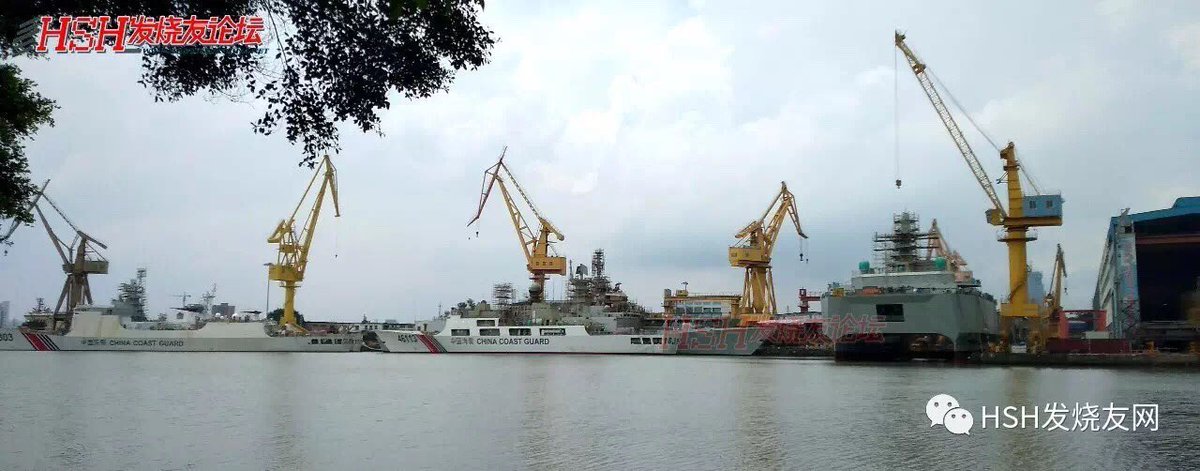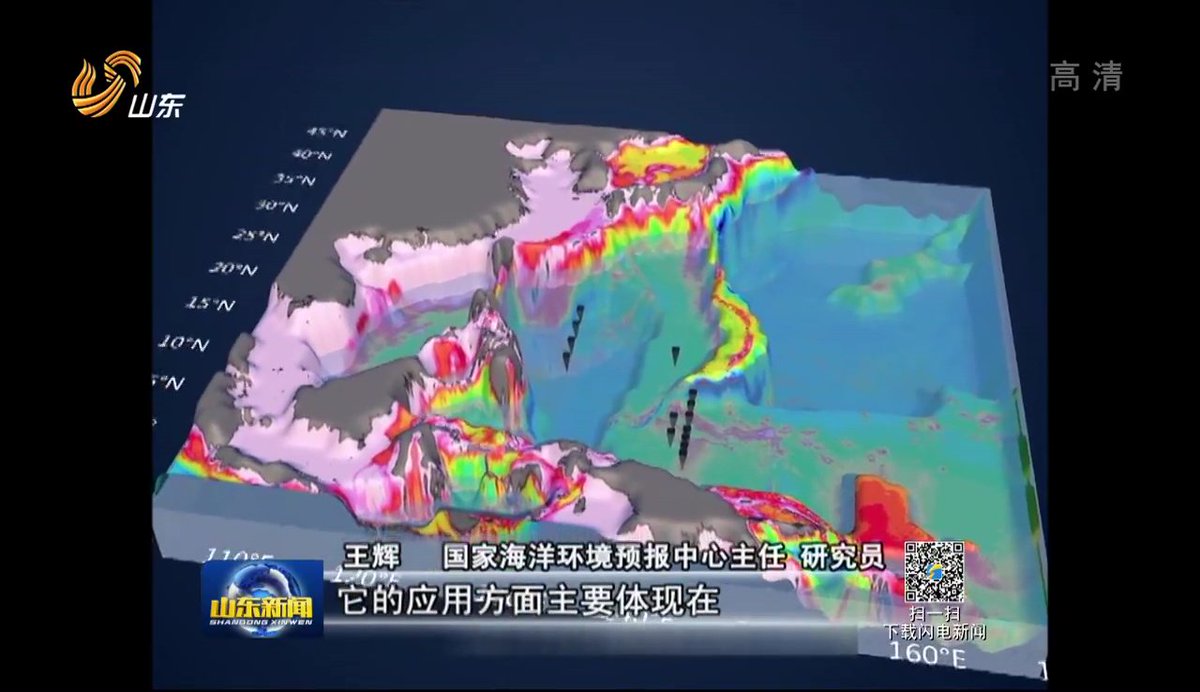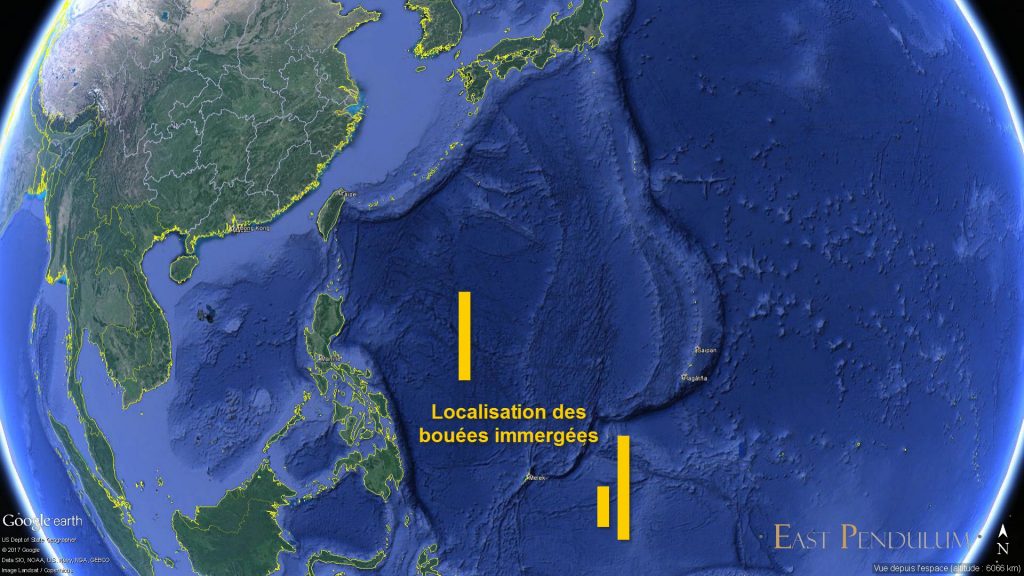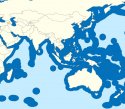Further proof of improving ASW capability now that KQ200 are in production
China deploys new anti-submarine aircraft to fringes of South China Sea
By:
June 22, 2017 (Photo Credit: DigitalGlobe)
MELBOURNE, Australia — China has deployed its newest anti-submarine aircraft and stepped up unmanned aircraft deployments to Hainan island on the fringes of the South China Sea, according to satellite imagery obtained by Defense News.
Satellite photos taken on May 10 and May 20 by commercial satellite imagery company DigitalGlobe showed four Shaanxi Y-8Q turboprop aircraft with its distinctive magnetic anomaly detector boom parked on the ground at Lingshui Air Base in the southeastern part of China’s Hainan island.
The satellite pass from May 10 also showed three Harbin BZK-005 high-altitude, long-range UAVs at the base. This is the largest number of BZK-005s to have been seen at Lingshui since they were first noted in 2016. The drones have also previously been observed at the Chinese air base at nearby Woody Island, in the disputed Paracel Islands.
This is the largest number of BZK-005 drones to have been seen at Lingshui since they were first noted in 2016.
Photo Credit: DigitalGlobe
In addition, two KJ-500 airborne early warning aircraft were also seen at Lingshui on both occasions. Defense News had previously reported on the deployment of the KJ-500 to Hainan at nearby Jialaishi Air Base that had been seen on satellite photos taken in March, which was the first time the KJ-500 had been seen deployed by the People’s Liberation Army Navy, or PLAN.
This is the first time the Y-8Q has been seen at Hainan, with China having previously rotationally deployed maritime patrol aircraft detachments to Lingshui, made up of a mixture of older Y-8Js and Y-8Xs drawn from the PLAN's two special-mission aircraft regiments based in northern China.
This satellite image shows a Shaanxi Y-8Q turboprop aircraft at Lingshui Air Base in the southeastern part of China’s Hainan island.
Photo Credit: DigitalGlobe
Lingshui is one of three PLAN air bases in Hainan, which is the southernmost province of China and borders the northern edge of the South China Sea. The three bases are normally home to three regiments of Shenyang J-11B Flanker fighters and a single regiment of Xian JH-7 fighter-bombers, from which they have been used on occasion to intercept routine U.S. military flights operating in nearby international airspace.
The base’s previous claim to fame was being the air base on which a badly damaged U.S. Navy EP-3 Aries surveillance aircraft force-landed following a midair collision with a Chinese Shenyang J-8 interceptor during an aerial encounter in 2001.
The Y-8Q is the newest maritime patrol aircraft to be fielded by China and the first combat-capable PLAN aircraft of this type, boasting of improved anti-submarine warfare capabilities that the older Y-8J and Y-8X lacked. It is based on an improved Shaanxi Y-8 airlifter airframe with improved turboprop engines and high-efficiency, six-bladed propellers.
In addition to the magnetic anomaly detector boom, which is used to hunt submarines by detecting minute variations in the Earth's magnetic field, the Y-8Q also has a surface-search radar and an electro-optical turret for the maritime patrol mission, while a fuselage weapons bay located forward of the main landing gear will likely be used for carrying torpedoes.








